Ernest Lehman
Copyright 2022 by Jon Krampner
Published by The University Press of Kentucky
Scholarly publisher for the Commonwealth, serving Bellarmine University, Berea College, Centre College of Kentucky, Eastern Kentucky University, The Filson Historical Society, Georgetown College, Kentucky Historical Society, Kentucky State University, Morehead State University, Murray State University, Northern Kentucky University, Spalding University, Transylvania University, University of Kentucky, University of Louisville, University of Pikeville, and Western Kentucky University.
All rights reserved.
Editorial and Sales Offices: The University Press of Kentucky
663 South Limestone Street, Lexington, Kentucky 40508-4008
www.kentuckypress.com
Cataloging-in-Publication data available from the Library of Congress
ISBN 978-0-8131-9595-7 (hardcover)
ISBN 978-0-8131-9596-4 (pdf)
ISBN 978-0-8131-9597-1 (epub)
This book is printed on acid-free paper meeting the requirements of the American National Standard for Permanence in Paper for Printed Library Materials.

Manufactured in the United States of America.
 Member of the Association of University Presses
Member of the Association of University Presses
To Willie Mays
Every screenplay is an original screenplay for all practical purposes, and to transpose beloved works without bruises is a harder task than it seems.
Helen M. Strauss, A Talent for Luck
Antihero (noun): A protagonist or notable figure who is conspicuously lacking in heroic qualities.
Merriam-Webster Online Dictionary
Contents
Preface
I n December 2000, the New York Times ran a long feature article about the artistry of the film One Flew over the Cuckoos Nest that didnt mention the screenwriter. This irritated me in general (Im a writer, although not a screenwriter) and in particular (Id met the films writer, Bo Goldman, while working on my Fred Coe book). So I wrote a brief, crabby letter to the editor of the Arts & Leisure section, who published it.
About a week later, I got a letter from Ernest Lehman. He said he was proud of me for having written my letter and that I was fighting a battle hed been engaged in his entire career.
I got up from my desk, walked into the hallway of my apartment, and looked at my poster of the 1966 rerelease of North by Northwest. Yup, same guy.
Back at my desk, I looked at his letter again. Hed included his phone number, so I called him. Thanks for your letter, I said. And by the way, would you mind autographing my poster? No problem. I drove out to his place in Brentwood, on the Westside of Los Angeles. It was in a park-like setting off a somewhat rural side street. His place had a huge shortwave radio antenna, as Lehman was a lifelong ham. We talked a bit, he signed the poster, I used the bathroom and left.
For my fourth book, I wanted to do a literary biography and, living one zip code away from Hollywood, decided that meant a screenwriter. Jules Furthman, whose films include To Have and Have Not and The Big Sleep, was suggested to me. But when I went to the Motion Picture Academys Herrick Library, his bio file only consisted of two one-inch obituaries. There was no one left who knew him. That wasnt going to work.
While researching Furthman, I ordered a book of capsule biographies of American screenwriters. When it arrived, I leafed through it and it fell open to Ernest Lehman. Hey, I saidI know that guy! And he wrote so many important films when I was a kid (including the one I have a poster of in my hallway)! And so my course was set.
Lehman was a uniquely difficult subject. He was not larger than life. In fact, he was slightly smaller than life, although his films (most, but not all) are monster huge. He was like the Wizard of Oz, creating large and enthralling images for the public while telling them to pay no attention to the man behind the screen.
He was reticent (and wary). A lot of people who knew him were gone and some who remained werent talking. Fortunately, many didonce I could find them. But even among them, I found a distressing propensity to only talk on an unattributed basis, as if they were afraid theyd never eat lunch in this town again.
In addition to the subject of Lehmans Hollywood career, this problem most routinely surfaced in regard to the marital indiscretions of Lehman and his first wife, Jackie, and almost anything having to do with his second wife, Laurie. Anyone whos been along for the ride on my previous books knows I like to put all my cards on the table. But when I felt that what sources who requested anonymity were saying was true and in context, I reluctantly assented.
Given the way he shaped his records and interviewsand he put a lot of effort into shaping bothI believe Lehman wanted books written about the cinema of Ernest Lehman, not about Ernest Lehman the person. But Im a biographer, so this is both.
For all the agony it caused him, Lehman was more comfortable creating his work than he was being himself. He enjoyed success as a screenwriter few will ever know, but how much he enjoyed its sweet smell is an open question.
1
Go to the Head of the Class
(19151937)
I n the winter of 1861, Edgar Lehman was born in London, most likely on its east side, where the citys Jewish population clustered. Ernest Lehmans paternal grandfather was the son of Michael and Caroline Lehman, migrs from Prussia. Michael was a cabinet maker, cigar maker and furrier, unrelated to the Lehmans who produced the Lehman Brothers investment bank and Herbert Lehman, governor of New York in the 1930s and a US senator in the 50s.
When Edgar was seven, his parents moved to the United States, landing in Newark, New Jersey. They lived there for several years, then moved to a tenement on Norfolk Street on Manhattans Lower East Side. Edgar had already begun his Horatio Algerlike rise.
He left school at eleven. He was a newsboy, peddled toys, sold tinfoil, and learned how to make cigars. He was a young man in a hurry, the New York Sun noted: He lost his job at cigar making at 11 oclock one day and went into the fur trade before noon. And it was as a furrier that Edgar Lehman would achieve wealth and renown, at least for a while.
In March 1887, he married Carolyn Heineman, the daughter of opera singer Meyer Heineman and his wife Lottie. Edgar and Carolyn would have a son, Paul (Ernest Lehmans father), born in 1888, and an ill-fated daughter, Lily, born six years later.
Edgar was an admirer of Napoleon; Ernest Lehman would remember his grandfather had busts of Napoleon at home and work. But Napoleonlike Edgarwasnt always successful. In an essay about his father, Paul wrote:
I have always felt that his admiration for the Little Corporal [Napoleon] grew out of the fact that he made his most important decisions on impulse. Napoleon was too restless to think it outhe had to fight it out, and this had great appeal for my father, because he was an impulsive man who could not stand the frustration of sober thinking. If he got an idea, it had to be put into action. Many decisions were good ones, as he tasted much success in his lifetime. But many more were bad ones, costly ones, and the bad ones outnumbered the good.
In 1939, Womens Wear Daily said, In his day, [he was] the most spectacular operator in the local raw fur market.... Many are the exploits attached to Mr. Lehmans name, one of them being that he paid the highest price$70,000for a silver fox at the London auction years ago. In 1902, he was doing $1.25 million a year in business. He branched out into real estate, developing part of the Bayswater section of Far Rockaway, Queens. He bought the Bayswater Hotel, refurbished it, and reopened it as the Elstone Park.

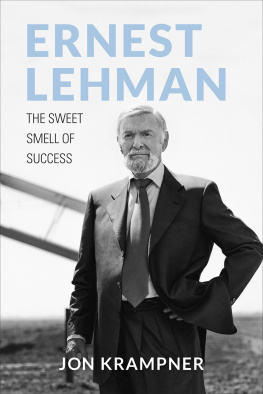
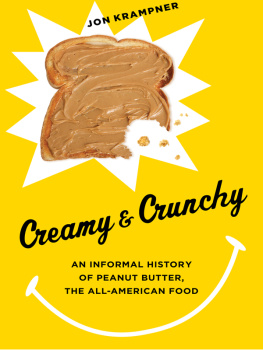
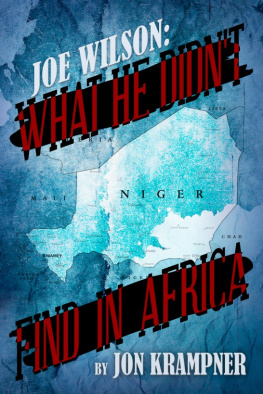

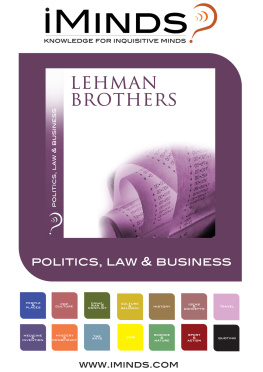
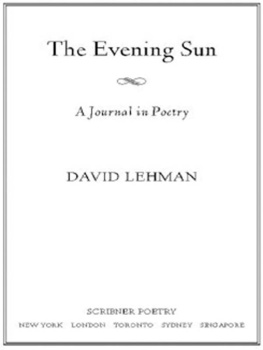

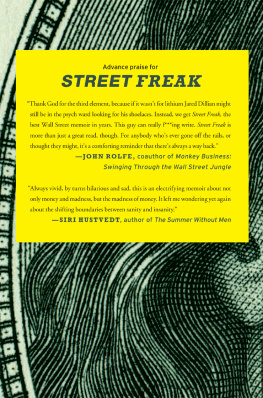
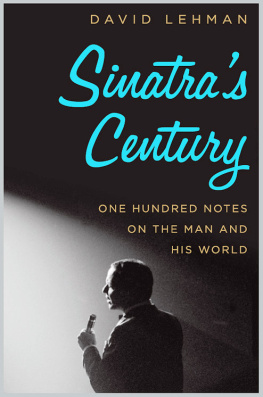
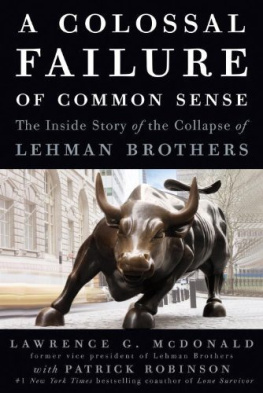
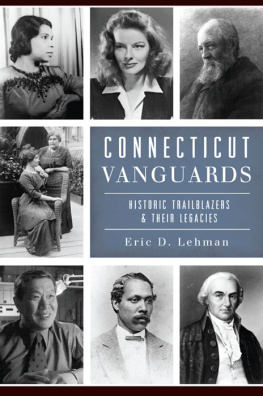
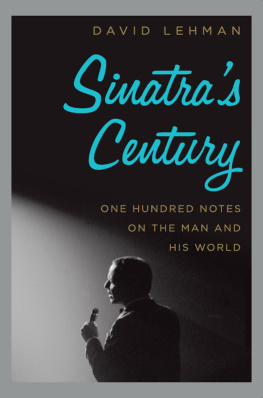
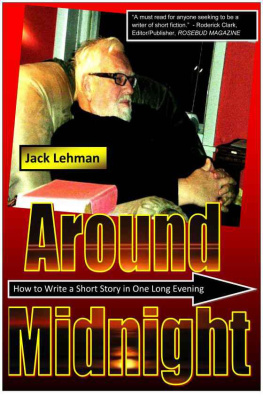


 Member of the Association of University Presses
Member of the Association of University Presses